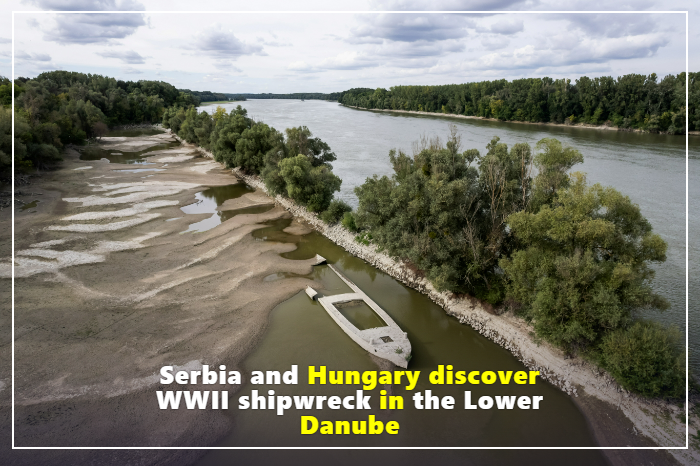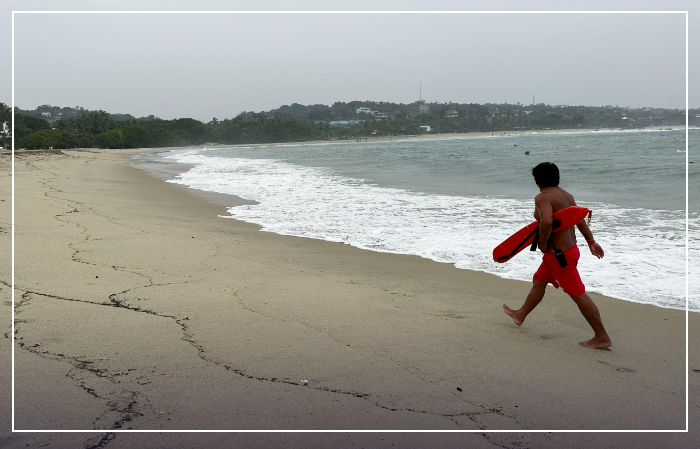MOHAC, Hungary/PLAHOVO, Serbia, Sept. 10 — The wreck of a Nazi ship packed with explosives that sank in the Danube River during World War II was found near the Serbian river port town of Prahovo. The remains were discovered after river levels fell due to drought in July and August.
Four shipwrecks dating back to 1950 were also discovered in the Danube-Drava National Park near Mohács, Hungary.
The ships exposed at Plahovo were among the hundreds of vessels that Nazi Germany’s Black Sea Fleet sank in 1944 as they retreated from Soviet forces along the Danube, resulting in the destruction of the ships themselves. During periods of low water, the debris can disrupt river traffic.
Some of the ships scattered across the river bed still have turrets, arched bridges, broken masts and bent rudders, while others are mostly submerged under sand dunes.
Andre Stetelik, a guard at the Danube-Drava National Park, said of one boat: “We still don’t know what it is. The visible and unfortunate fact is that as interest in it grows, the wreck is getting smaller, and parts of it are disappearing.
The water level of the Danube River in Budapest was 1.17 metres on Tuesday, while the record low was around 0.4 metres in October 2018. During the flood, the Danube’s water level rose by more than 6 metres.
“Eastern Europe is experiencing severe drought, affecting crops and vegetation,” the European climate service Copernicus said in its latest drought report published on its website earlier this month.
Long-awaited rains began on Monday, with the water level in the Mohács Danube expected to rise by about three metres by the weekend, threatening to send the shipwreck back into the river.
Water levels in Poland’s longest river, the Vistula, have hit a record low, exposing Warsaw’s sand dunes and making the water so shallow that a moose was filmed walking on the river in the countryside.









